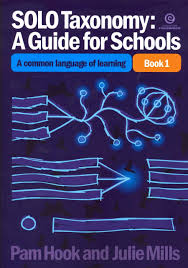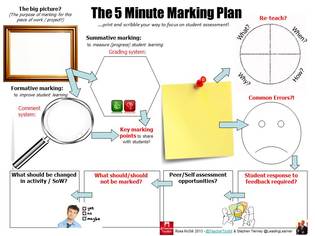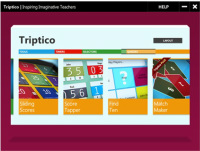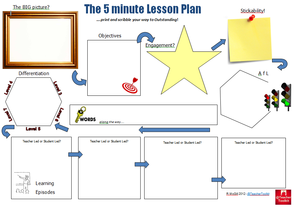
As learning progresses it becomes more complex. SOLO, which stands for the Structure of the Observed Learning Outcome, is a means of classifying learning outcomes in terms of their complexity, enabling us to assess students’ work in terms of its quality not of how many bits of this and of that they got right. At first students pick up only one or few aspects of the task (unistructural, the dot on the left in the diagram), then several aspects but they are unrelated (multistructural, the three rectangles), then we learn how to integrate them into a whole (relational), and finally, we are able to generalised that whole to as yet untaught applications (extended abstract, on the right above). This could be very useful with classes when we need to highlight the meaning of IGCSE command word such as "Describe", "Assess" and "Evaluate"....
For illustrated examples of SOLO in practice:http://www.youblisher.com/p/55633-SOLO-Taxonomy/
See these webpages for more information:http://hooked-on-thinking.com/
http://rcict.wikispaces.com/SOLO+Taxonomy

We also have this introduction book (with templates for each learning complexity) book for schools in the CPD library:











 RSS Feed
RSS Feed